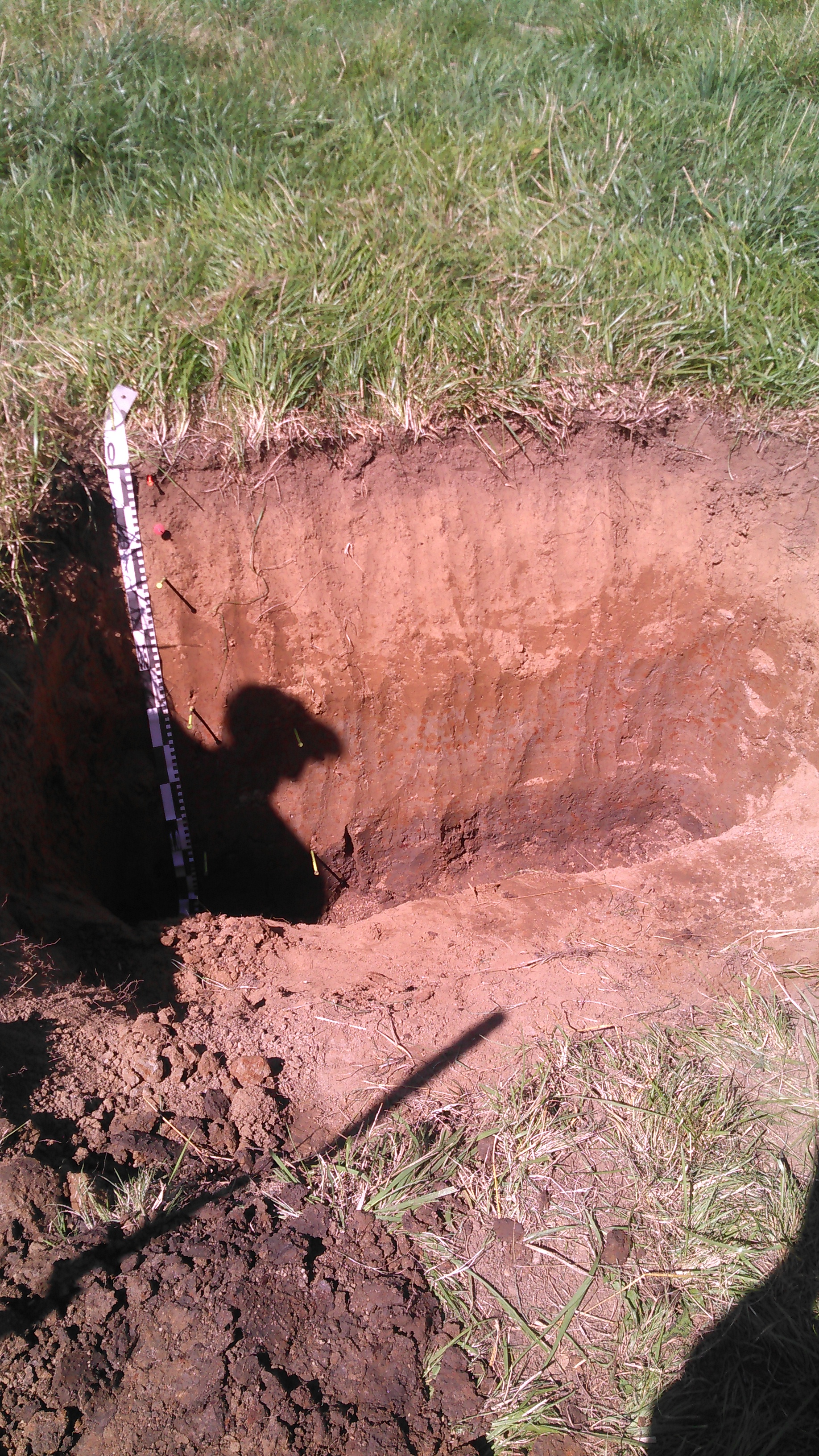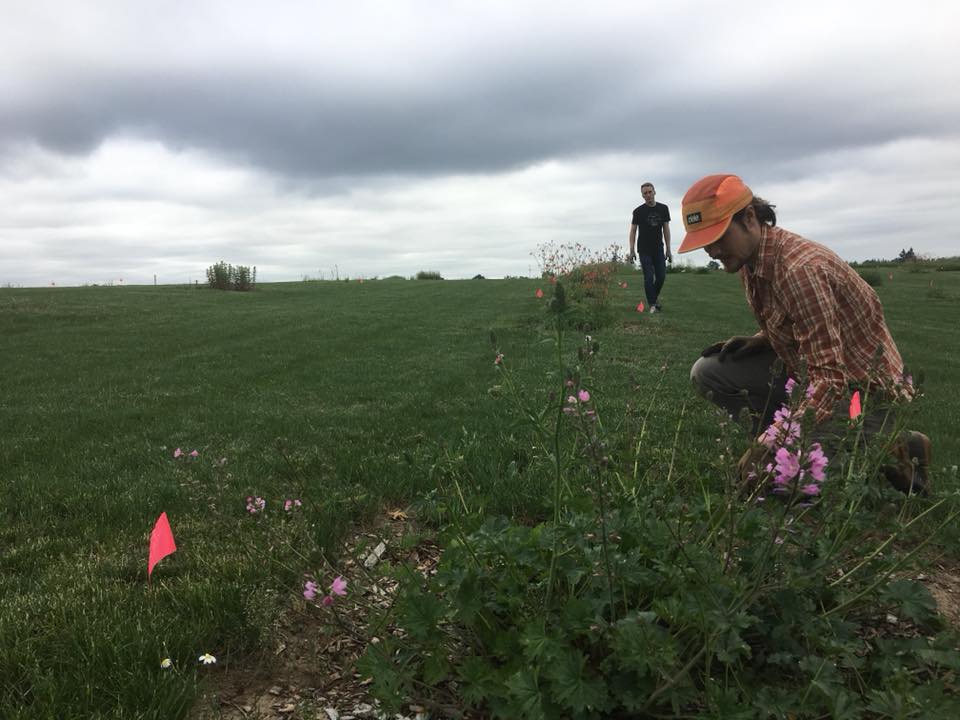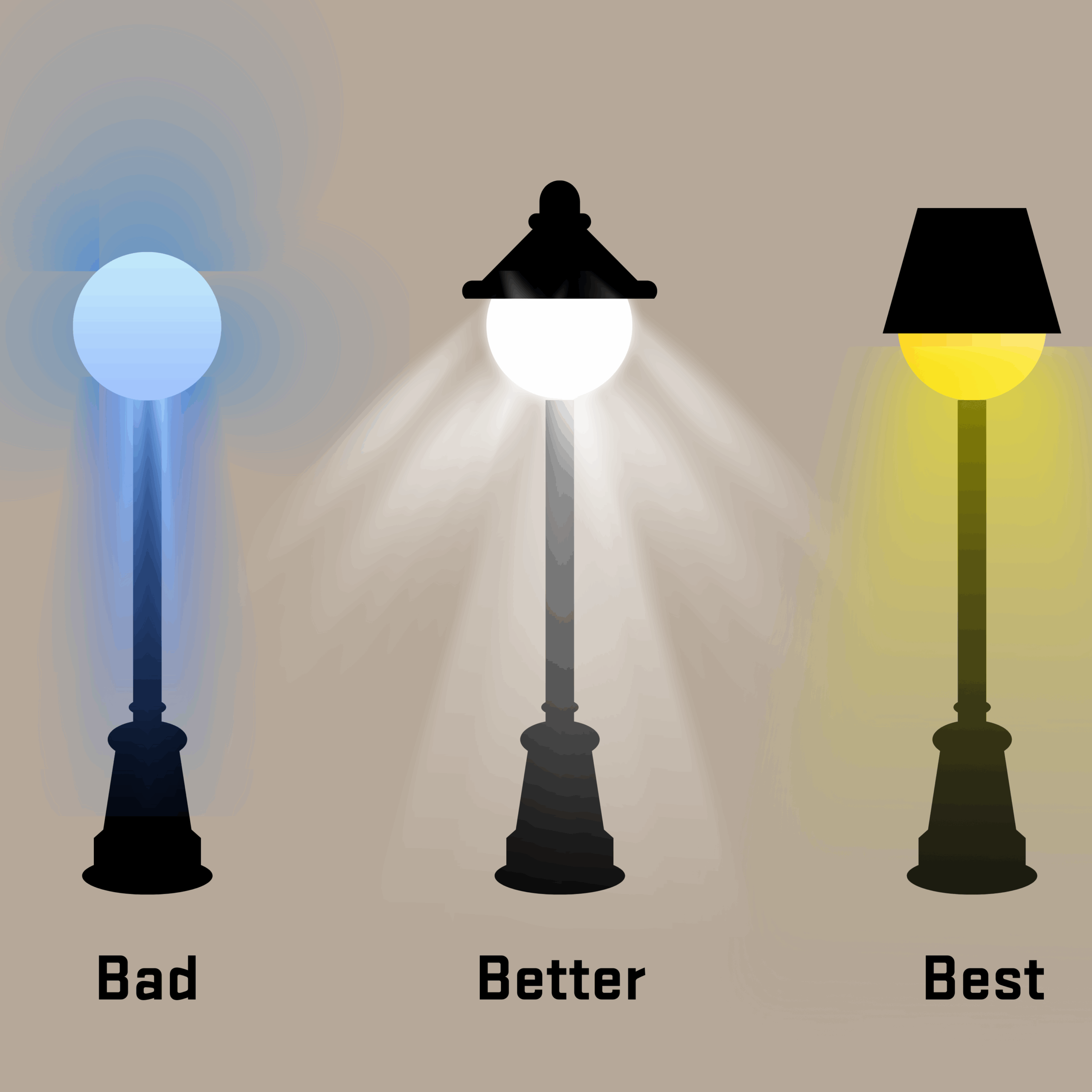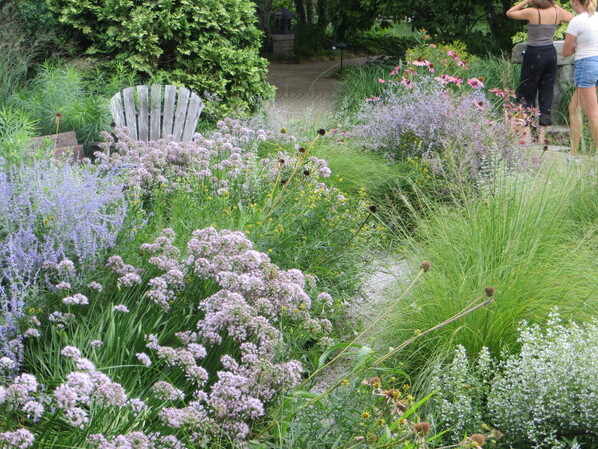


This post is modified from a submission from Michael Nelson. It details lessons learned from his survey of garden soils, across Corvallis, Oregon, and the Portland Metropolitan area. In September 2017, Michael sampled soils from about 25 gardens. These gardens used raised beds and/or in ground gardens to grow a variety of vegetables, herbs, and fruits. We wanted to study urban garden soils ~ and soils in raised beds versus in ground beds ~ for a few reasons. Specifically, we wanted to look at a few different questions:
- Do raised bed gardens offer greater protection from soil contaminants than in-ground gardens? In the Master Gardener Program, we recommend raised beds as a way to work around soils that may have heavy metal contaminants. However, heavy metals can become airborne, and deposited on soils from industrial emissions, traffic, and re-suspension of road dust. If this is the case, then gardening in raised beds might offer a false sense of comfort. We thus chose to sample gardens that are close to, versus further from, major roadways and traffic.
- Are garden soils deficient in some nutrients (such as nitrogen), but over-enriched in others (such as phosphorus)? With enthusiasm surrounding organic gardening and composting, we are wondering if repeated applications of compost might be contributing to nitrogen deficiencies, phosphorus leaching, or other soil nutrient issues.
- What is the general state of urban garden soils in Oregon? If we had to ‘grade’ soil health, by looking at soil structure, tilth, nutrients, and other biological, chemical, and physical characteristics of soils ~ what would that grade look like?
I asked Michael to write up a short report on his summer work. What did he observe in the gardens? What did he hear from gardeners? Are there initial findings or impressions he could share? His report is below.
*************
We began this project to examine differences between raised and in-ground garden beds in urban areas. We conducted a short survey of each site, where we noted weed pressure, garden area (in meters squared), and crops grown. We also noted any concerns voiced by the gardeners, about their vegetable production site. We sampled garden beds and kept samples separate depending on the type of bed (in ground versus raised-bed). We are now processing the soil samples in the Central Analytical Laboratory of OSU, so that we can determine the chemical, physical, and biological characteristics of our garden soil samples.
A few initial observations:
- The most common complaint we heard from gardeners was a lack of space to properly rotate their crops. For example, nearly every site had tomatoes, but many did not have the space to avoid planting in the same ground as the previous season.
- In the lab, our initial findings are that garden soils do not fit well with traditional soil testing methods. The very high content of organic matter and low incidence of rocks brings immediate problems to the lab testing process. The first step taken when a lab receives a soil sample is to pass the sample media through a sieve. The larger pieces are lightly ground and sieved again. The aim is to isolate the soil from non-soil matter in order to restrict laboratory tests to just the soil content itself. The organic matter is often shredded by this process, which can alter the results of the laboratory tests. The primary problem here is that the organic material in our sampled garden soils is mostly forest by-products: timber waste. This material is generally inert in the garden setting and not accessible to plants. When this organic matter is included in a soils analysis, the organic matter compounds are incorporated into the test results and skew the report away from the actual state of the garden’s soil.
The next steps in understanding garden soils are in research and application. In research, soil testing should be reconsidered with gardens in mind. There may be alternative processing techniques to reduce variability between test results and garden soil content. Theoretical models may be able to produce a metric which could be used to adjust the results of a standard soil test to reflect garden conditions more accurately.
In application, greater precision of terminology would allow for a more refined view and management of garden systems. In particular, bed-types should be grouped by their method of establishment (i.e. was soil transported to the garden, or not), rather than the presence or lack of a garden border. Additionally, organic mulches and compost should be considered in finer detail. The source of the product is important to determine what chemical content is being applied to the soil top. The physical structure of the product is important to relay the extent to which the mulch content will likely be incorporated into the soil, itself.
We’re still actively working to process and test samples. We look forward to sharing more results, in the near future.





